Lord Shiva is one of the trinity gods of Hinduism, alongside Brahma and Vishnu. He is known by many names such as Mahadev, Nataraja, Pasupati, Bhairava and Vishwanath that signify his diverse aspects and significance. Shiva is depicted as an ascetic yogi, who lives in Mount Kailash with His consort Parvati and His divine vehicle (vahana) Nandi the bull.
Shiva represents the primordial cosmic soul, the pure divine consciousness that pervades all of creation. He is ardhanareshwar – the union of purusha and prakriti, shakti and shiva. Lord Shiva has no form yet is within all forms. He is the source, the substrate and the dissolution of all that exists.
It is said that without Shiva, there is only shava – the lifeless form. For without divine consciousness, there is no potential for life. Shiva brings ananda, eternal bliss. He is auspiciousness itself.
But who indeed is Shiva? He has no single definition, for He is all definitions and that which lies beyond. Shiva exists in three states – the formless, the form emerging from formless, and form manifest. Before creation, in creation and after, it is Shiva.
He has no body yet all bodies emerge from him. It is said Brahma and Vishnu sought to discover Shiva’s form but could find no beginning or end to him. For Shiva is infinite, with no birth and death. He is the eternal turiya state, beyond waking, dreaming and sleeping.
As the Adiyogi, he first revealed to mankind the secrets of self-knowledge through practices like bhakti, jnana and raja yoga. It is only through yoga and meditation, purification of ego and stilling of the mind, that one can glimpse the shiva tattva within. By diving deep into omkara, the primal sound vibration of the cosmos. Through study of the vedic shrutis and sinking into perfect inner silence, the knowledge of Shiva self-reveals.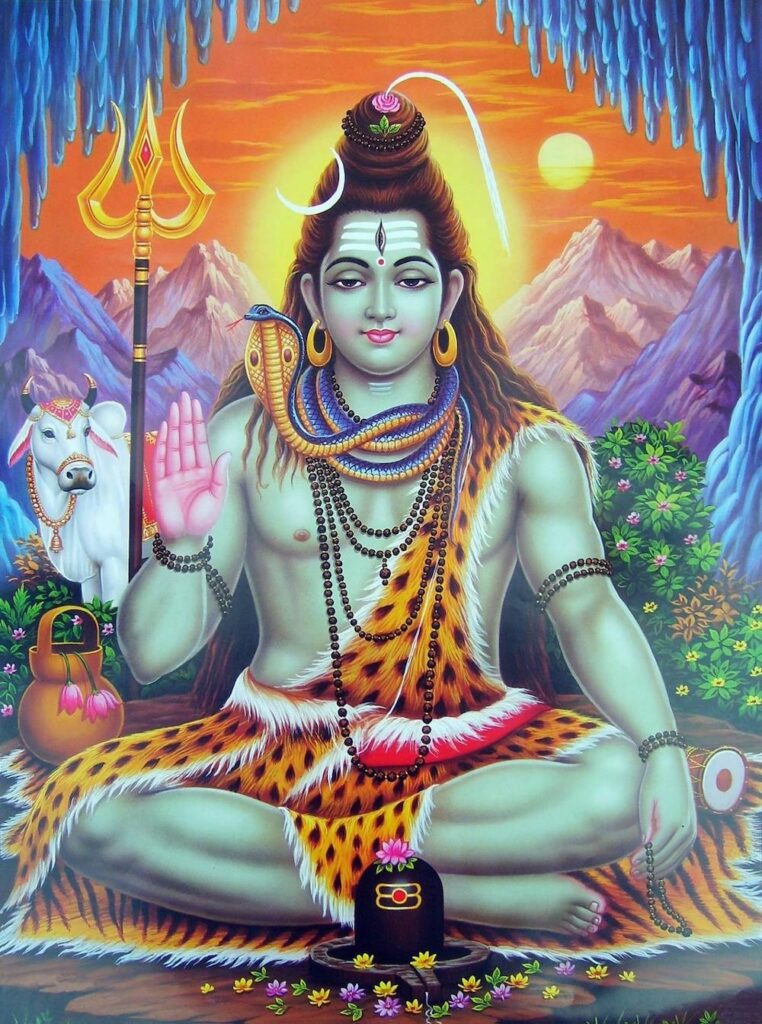
In that state between waking and sleep, in deep samadhi, one touches the inner sky of pure divine consciousness which is Shiva. The infinite, all pervading field of existence and essence of all. Truly, there is nothing that is not Shiva!
While seen as the archetype of destruction, a deeper exploration reveals His role to be one of transformation – dissolving old forms to make way for new growth. Shiva destroys our attachments and egos so we may be reborn to higher states of awareness. Beyond outward forms, he represents the ultimate reality – the formless Brahman – to be realized through yoga and meditation.
Lord Shiva brilliantly encapsulates the principles of awareness, dissolution, rhythmic balance and bliss and liberation.
His multifaceted nature is beautifully reflected through the numerous symbols associated with his divine manifestations. The symbols of Shiva hold profound spiritual significance, providing deep insights into Shiva’s attributes, responsibilities, and essence.
-
Crescent Moon on Shiva’s Head:
![]()
- Symbol of Eternity: The crescent moon on Lord Shiva’s forehead symbolizes His eternal and imperishable nature.
- Shiva Purana Reference: According to the Shiva Purana, Shiva is described as the one whose luminous light illuminates everything.
- Immutable Amidst Cycles: Similar to the moon persevering through its waxing and waning phases, Shiva remains unchanged amid the cycles of creation and dissolution.
- Peaceful Essence: The pale glow of the crescent moon represents Shiva’s peaceful and auspicious essence (Shivatva) beyond the three gunas of sattva, rajas, and tamas.
-
Matted Hair of Shiva:
![]()
- Symbol of Renunciation: Lord Shiva’s matted, dreadlocked hair signifies His disinterest in mundane vanity and attachment.
- Renouncing Worldly Bonds: His uncut locks, flowing freely, symbolize the renunciation of worldly bonds to realize the supreme reality.
- Yogic Asceticism: Described in the Linga Purana, Shiva renounced material pursuits, living freely like an ascetic immersed in yoga.
- Cosmic Energy Connection: The tangled tresses denote Shiva as the ultimate yogi merged with unconfined, primordial cosmic energy (Kundalini Shakti).
-
Ganga River in Shiva’s Hair:
![]()
- Redemption and Transformation: Nestled within Shiva’s matted coils, Goddess Ganga represents the redeeming, transformative power of divine wisdom.
- Source of Moksha: According to the Vayu Purana, Ganga emerged from Shiva’s locks, cleansing all sins and bestowing moksha upon mankind.
- Blessing with Knowledge: Similar to sacred waters nurturing the landscape, the celestial Ganges flowing from Shiva’s head blesses humanity with liberating knowledge.
-
Third Eye of Shiva:
![]()
- Intuition and Higher Consciousness: Cradled on Shiva’s brow, the potent third eye signifies His ability to perceive reality beyond common limits.
- Omniscience and Infinitude: In the Linga Purana, Shiva’s third eye allows Him to see 360 degrees and understand past, present, and future simultaneously.
- Eternal Light: The eternal light from this eye underscores Shiva’s omniscience and infinitude compared to the restricted vision of humanity.
-
Tripund Symbolism:
![]()
- Symbol of Three Gunas: On Shiva’s forehead, the tripund, three horizontal lines of sacred ash, represents the three gunas (sattva, rajas, tamas).
- Harmonizing Energies: The tripund indicates Shiva’s role in harmonizing the competing energies of creation, preservation, and dissolution.
- Mark of Divine Trinity: Reinforced in the Shiva Purana, the tripund is the mark of the divine trinity of Shiva, Brahma, and Vishnu who create, preserve, and destroy the cosmos.
-
Vasuki Nag: The Snake Around Shiva’s Neck:
![]()
- Kundalini Shakti: The serpent Vasuki around Shiva’s neck represents kundalini shakti, the primordial cosmic energy.
- Spiritual Awakening: Coiled at the muladhara chakra and ascending, it signifies spiritual awakening sparked by kundalini rising through consciousness centers.
- Mastery of Macrocosmic Kundalini: Wearing the snake fearlessly, Shiva epitomizes conquering inner dread through realization of the immortal Self.
-
Trishul: The Trident Symbol of Shiva:
![]()
- Three-Pronged Power: The trident represents Shiva’s power to create, preserve, and destroy in cosmic dance.
- Dissolution of Ignorance: The sharpened spearheads symbolize the dissolution of ignorance by subjugating egoism and duality.
- Protection of Righteousness: As the Mahabharata elucidates, Brahma gave Shiva the trident to protect righteousness and destroy wrongdoers.
-
Nandi: The Sacred Bull of Shiva:
![]()
- Symbol of Virtue: Mounted respectfully before Shiva, Bull Nandi symbolizes perfect virtue, devotion, and obedience.
- Dedication to Spiritual Matters: Nandi demonstrates the necessity of dedicating one’s life faithfully to spiritual matters.
- Loved by All: As stated in the Skanda Purana, Nandi pleases Shiva with his qualities of austerity, penance, and service, absorbing the miseries of all.
-
Damru of Shiva:
![]()
- Creative Sound of ‘Om’: Lord Shiva’s damru drum vibrates with the creative, primal sound ‘Om’.
- Awakening Kundalini Energy: Each beat stirs dormant kundalini energy into conscious awakening, resonating through subtle centers and Chakras.
- Life’s Rhythm: The Damru signifies finding life’s rhythm by aligning awareness with existence’s unstruck tempo.
-
Rudraksha Beads:
![]()
- Sacred Meditation Beads: Rudraksha beads in Shiva’s rosary are sacred tree seeds used for intense meditation.
- Mimicking Cosmic System: Each rudraksha mimics the cosmic electro-magnetic system, microcosmically representing intricate nervous pathways.
- Accessing Higher States: By wearing the rudraksha mala, Shiva demonstrates accessing higher states of awareness through yogic practice.
-
Ashes of Vibhuti:
![]()
- Reminder of Mortality: Lord Shiva applies vibhuti ashes across His body as a reminder of the fleeting nature of mortality.
- Relinquishing Attachment: The ashes symbolize relinquishing attachment to impermanent, illusory form identification and acknowledging the indestructible soul within.
- Spiritual Merit: According to the Linga Purana, the vibhuti on Shiva’s body shows that physical pleasure is short-lived but spiritual merit lives forever.
-
Tiger Skin Symbolism:
![]()
- Conquering Inner Beasts: Shiva wears a tiger skin to accentuate conquering inner beastly pretensions.
- Discipline of Mind: The fierce skin underscores Shiva’s unrivaled dominance over ego, passion, and fear through perfect discipline of mind.
- Destroying Internal Enemies: Referring to Shiva’s nature, the Skanda Purana states that He destroys internal enemies like lust, anger, and greed through yogic self-mastery.
-
Shivlingam: Understanding the Sacred Symbol of Shiva
![]()
- Creation: The Lingam represents the creative principle and potential. It signifies the beginningless and endless nature of creation perpetually occurring through Shiva.
- Formless Form: Though having a shape, the Lingam is without distinct form or attributes. It symbolizes Shiva as the formless absolute reality beyond names and shapes.
- Auspiciousness: Shiva Lingam represents auspicious power and perfection. It denotes the ever-blissful, infinite soul and truth that removes one from the cycle of life and death.
- Detachment: By worshipping the formless, detached Lingam, one learns to overcome attachment to names and forms through realizing the supreme formless spirit.
- Union of Shiva-Shakti: The Lingam signifies the perfect, non-dual union of Purusha (Shiva) and Prakriti (Shakti). It demonstrates how their inseparable union is the basis of all cosmic activities.
- Eternal Pillar: As the pillar of fire and energy, the Lingam teaches that Shiva’s creative power is endless, pervading eternally as the indwelling soul and essence of all existence.
-
Kamandalam of Shiva:
![]()
- Symbol of Renunciation: As the ultimate renunciate, Lord Shiva carries the kamandalam to exemplify complete relinquishment of worldly ties in the pursuit of self-realization.
- Vehicle to Liberation: Filled with the nectar of immortality, Shiva’s kamandalam provides the means to cross over samsara and attain moksha/liberation from the cycle of rebirth.
- Source of Inner Illumination: Rather than sustenance, the kamandalam nourishes Shiva’s inner illumination and yoga-generated awareness, guiding introspection and liberation of the soul.
- Conqueror of Maya: Maya or illusion cannot sway those in constant communion with Brahman. Shiva’s kamandalam represents conquering maya through renunciation and spiritual practice.
- Gateway to Self-Knowledge: Carrying the kamandalam, Shiva demonstrates how renouncing attachments leads to freedom and direct experience of the eternal Self through yoga, meditation and inquiry.
-
Om Symbol and Shiva:
![]()
- Primordial Sound of Creation: As the primal sound vibration of the universe, OM represents Shiva’s role as the source of all creation, sustenance and dissolution.
- Gateway to Higher Consciousness: Through the chanting of OM, one can transcend the limitations of ordinary perception and experience higher states of consciousness.
- Union of Microcosm and Macrocosm: OM encapsulates the non-dual reality, denoting the inseparable union of individual consciousness with universal Brahman.
- Pranava Mantra: Revered as the most sacred mantra in the Vedas, OM is known as the Pranava mantra, vibrating all spiritual and material realms into existence.
- Bija of Prakriti-Purusha: Symbolizing the coalescence of Shakti and Shiva, the seed sound OM synthesizes the dynamic feminine and static masculine principles.
- Unstruck Sound: According to the Mandukya Upanishad, OM represents the anahata nada, the unstruck eternal sound of existence beyond birth and death.
Taken together, these profound symbols open windows into the majestic, multidimensional reach of Shiva’s boundless being. May they spark our intellect and intuition to plumb the infinite depths of this most mystical of deities, and to realize ever more fully our innate connection to divine reality.

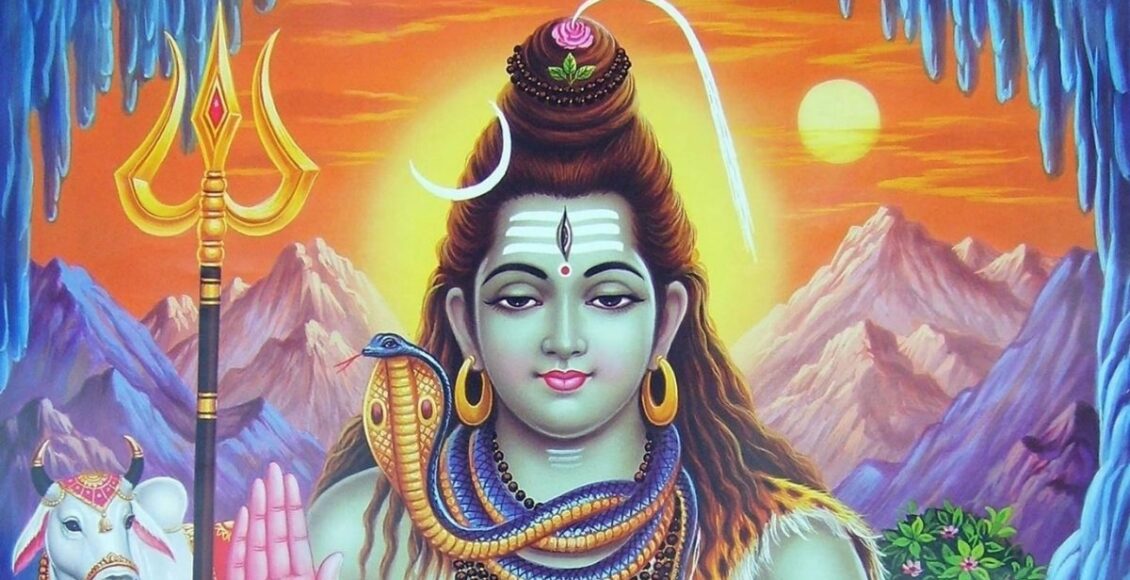
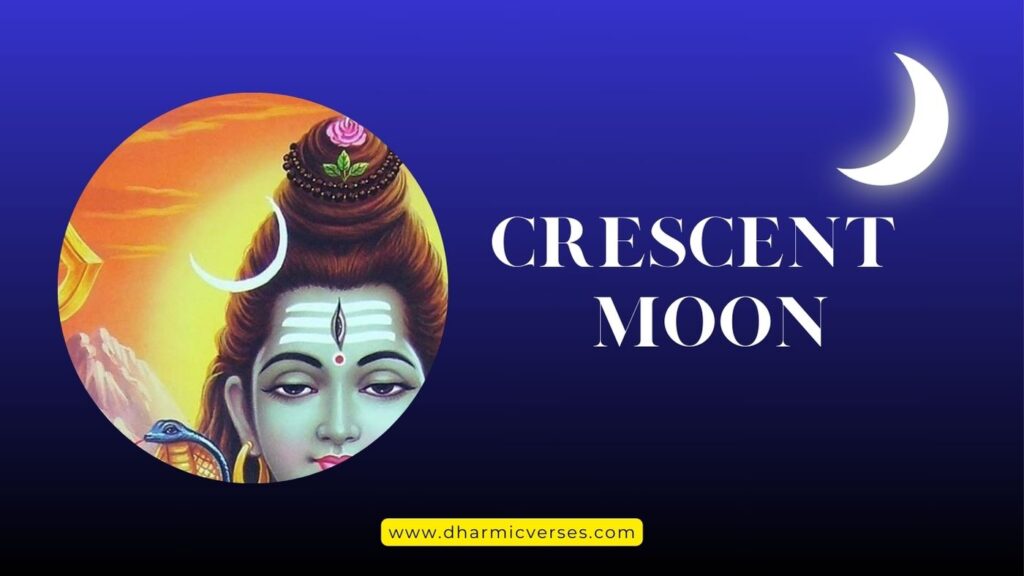

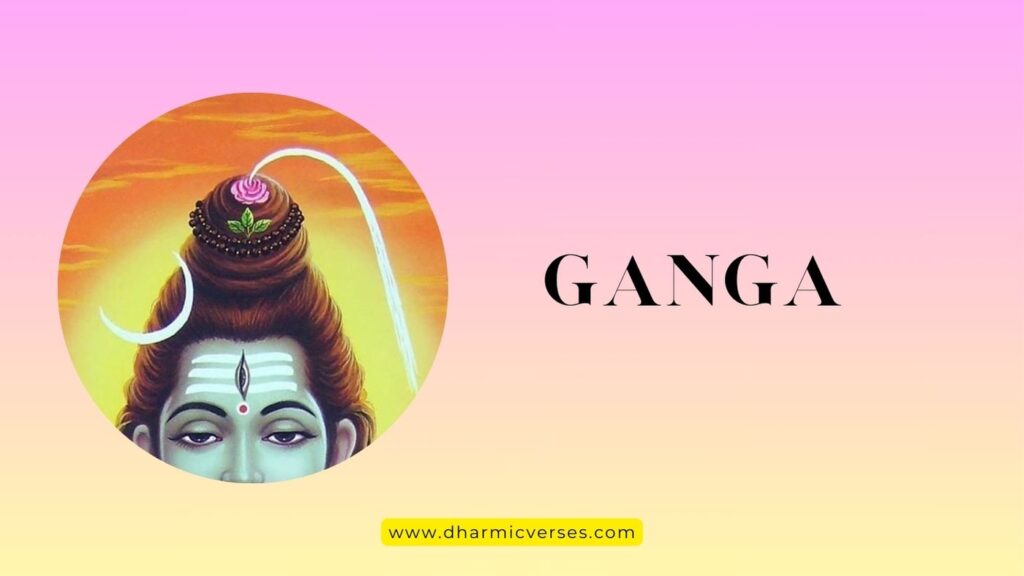
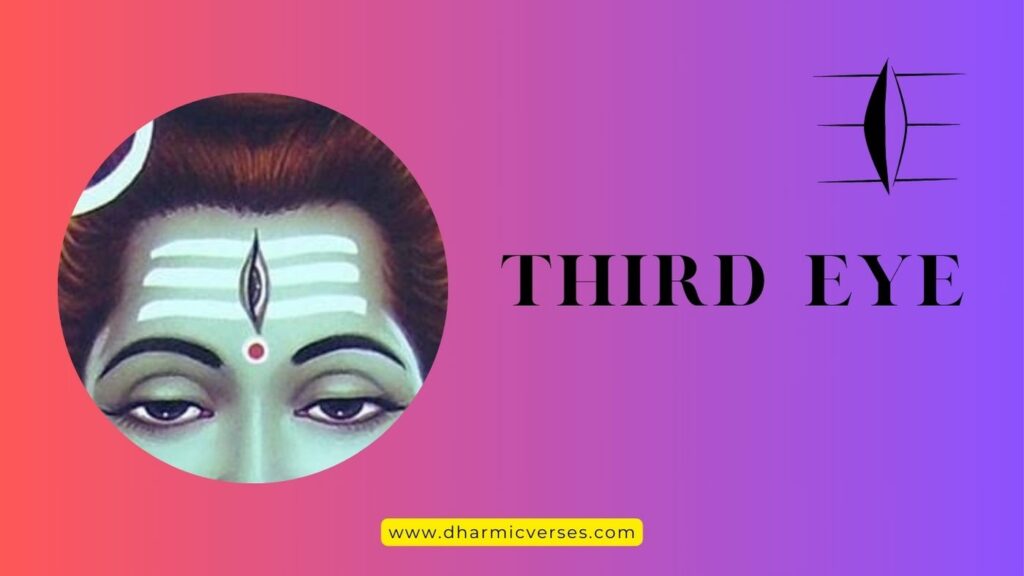
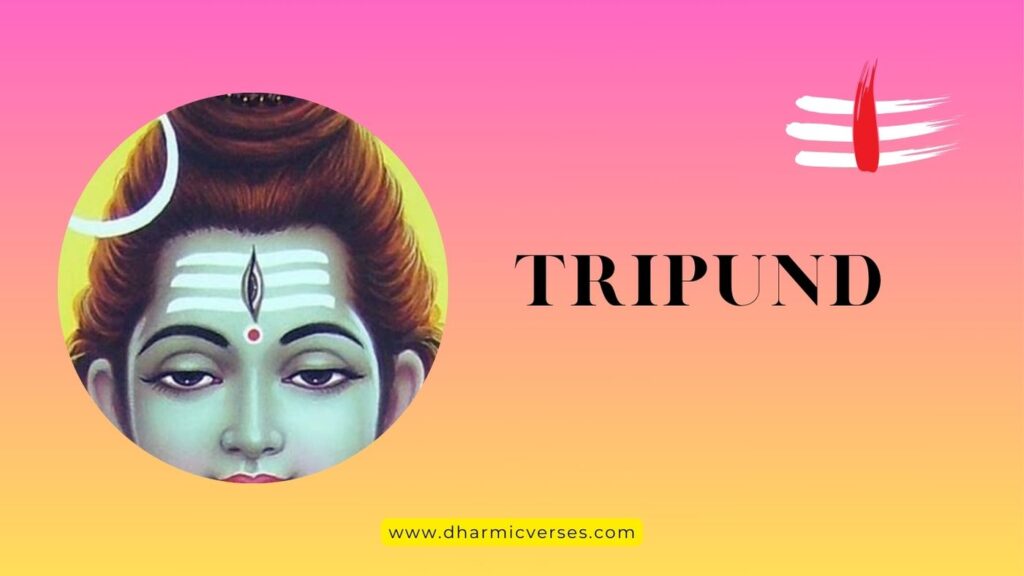
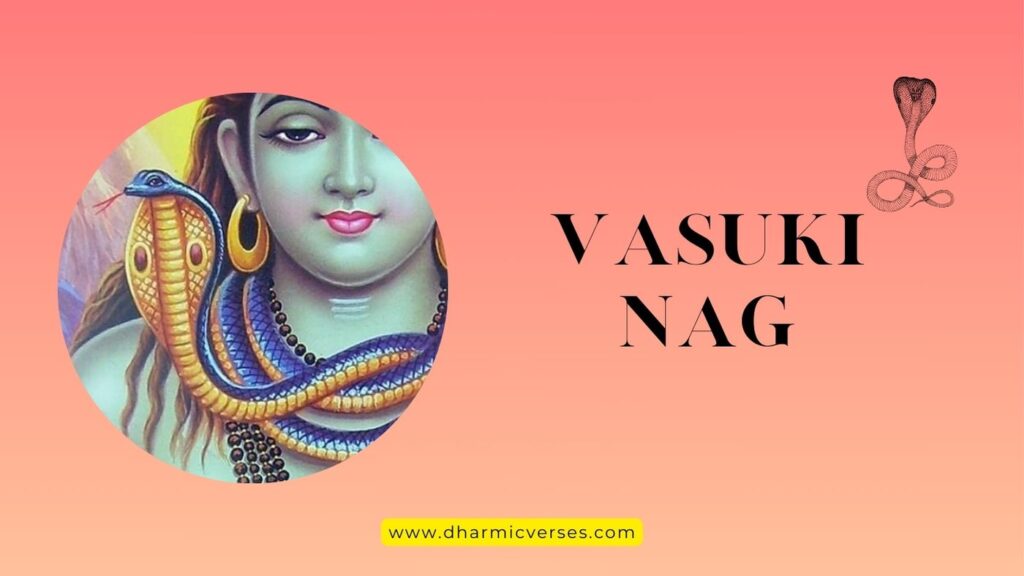
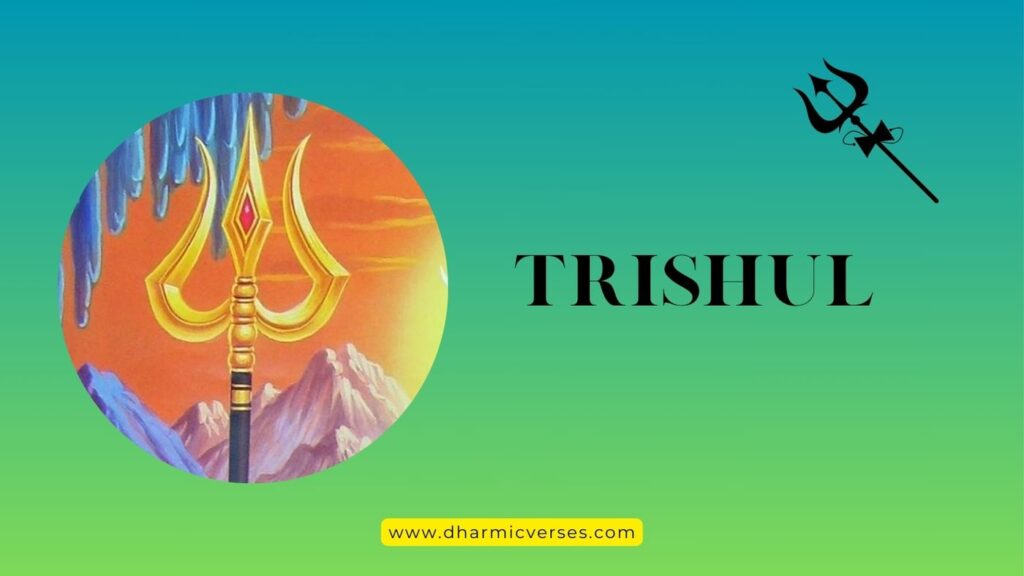

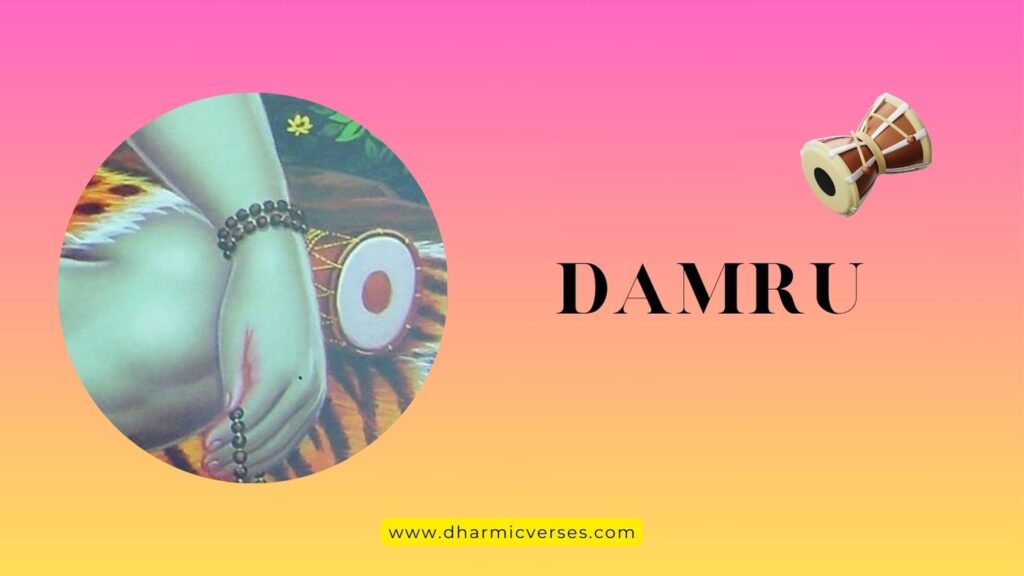

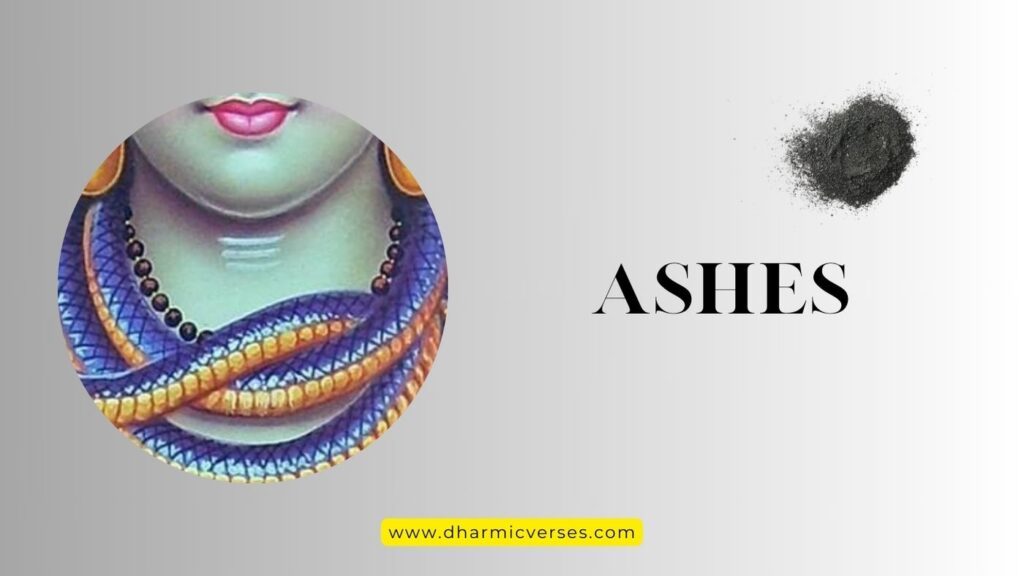

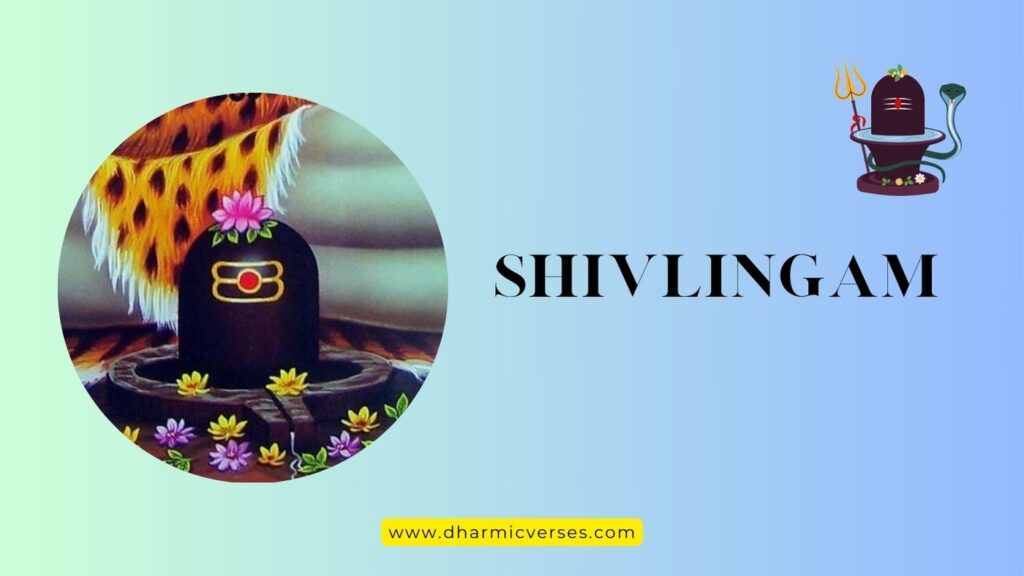

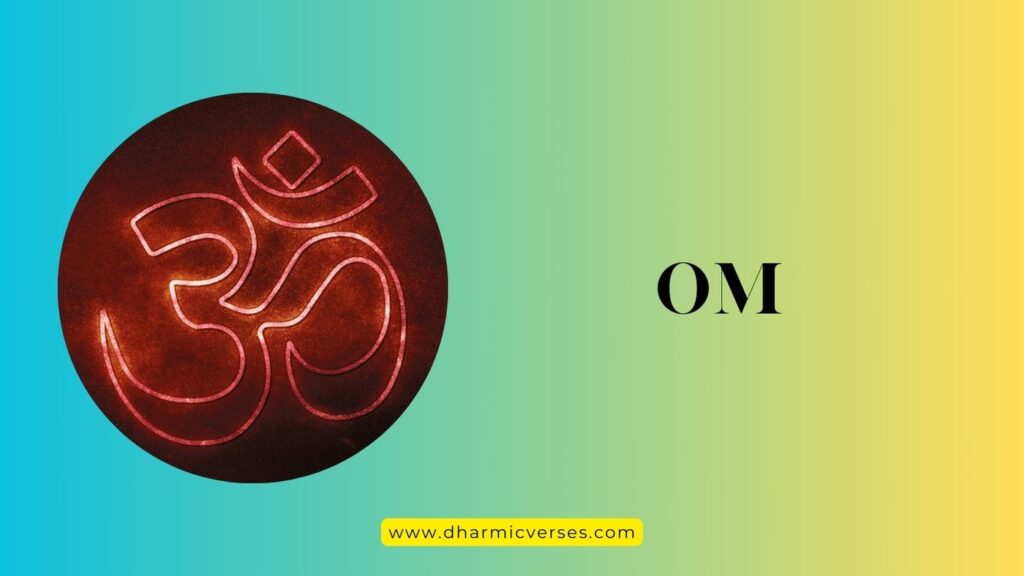
Comments are closed.